HHI and DNV GL Developing Green Tanker Designs
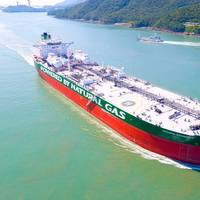
Classification society DNV GL said it has teamed up with shipbuilder HHI Group to develop the next generation of environmentally friendly, "future-proof" tanker designs.In a recent "Green Tankers towards 2050" industry webinar, DNV GL and HHI Group presented the results of new joint research and explained how eco-friendly maritime solutions can help shipowners and managers to cope with stricter environmental regulations now and in the future.The joint research was initiated by a memorandum of understanding (MOU) signed in 2019…
The Path to Zero: First Wave of Ships Explore Green Hydrogen
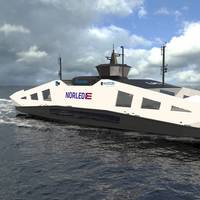
While there is no consensus on what will be the maritime 'fuel of the future', developers across the world are for the first time testing the use of hydrogen to power ships as the maritime industry races to find technologies to cut emissions and confidence grows the fuel is safe to use commercially.To reach goals for the shipping industry set by the United Nations, industry leaders say the first net-zero ships must enter the global fleet by 2030. Ships powered by green hydrogen…
DNV GL Offers Free Sulfur SIP
Global certification body, DNV GL offers a free web-based application of the Ship Implementation Plan (SIP) to prepare for 2020 0.5% sulfur cap.The ship owners and managers can use the SIP to prepare vessel-specific SIPs and maintain an overview of their fleet, said a press release.While not mandatory, the SIP is an IMO guidance which all ships are encouraged to prepare and implement to be ready for 1 January 2020.“As we approach 2020, good preparation will be essential to ensure a smooth transition into using compliant low-sulfur fuels,” said Christos Chryssakis, Business Development Manager at DNV GL – Maritime.“This includes technical actions…
Greenhouse Gas Model for Shipping by 2050
DNV GL has published a report assessing the potential for greenhouse gas (GHG) emissions reduction from shipping towards 2050, based on a new computational model. The model can evaluate various scenarios for both individual ship segments and the industry as a whole. It can also evaluate the effectiveness of various solutions for reducing GHGs. “Despite the challenges facing our industry, we believe it is technically possible for shipping to achieve substantial GHG reductions, provided a viable strategy is developed and adopted from within the industry itself,” says Christos Chryssakis, Group Leader Energy Efficiency & Fuels at DNV GL.
DNV GL Examines Safety, Sustainability of Alternative Fuels
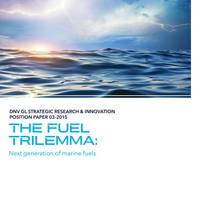
Trends in pricing are an obvious factor to consider when examining the feasibility of new fuels, but sustainability and safety also have an impact on the ultimate affordability of change. DNV GL has released a position paper that presents a methodology for evaluating alternative fuels, adding sustainability and safety considerations in the discussion. “The Fuel Trilemma: Next Generation of Marine Fuels” looks at the rapidly diversifying fuel market from the perspective of affordability, sustainability and safety.
DNV GL Reports on the Future of Fuels
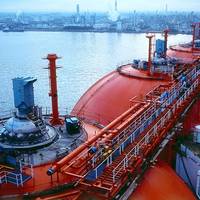
DNV GL has released a position paper on the future alternative fuel mix for global shipping. While LNG is expected to be an early success, the picture becomes more diversified with time, as more than 20 percent of shipping could adopt hybrid propulsion solutions, featuring batteries or other energy storage technologies. The main drivers for the use of alternative fuels are the desire to reduce greenhouse gas emissions and the need to meet upcoming air pollution requirements. “The global merchant fleet currently consumes around 330 million metric tons of fuel annually…
DNV Asks: What Will the Alernative Fuel Mix for Shipping Be?
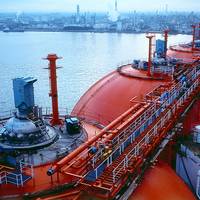
DNV GL has released a position paper on the future alternative fuel mix for global shipping. While LNG is expected to be an early success, the picture becomes more diversified with time, as more than 20 per cent of shipping could adopt hybrid propulsion solutions, featuring batteries or other energy storage technologies. The main drivers for the use of alternative fuels are the desire to reduce greenhouse gas emissions and the need to meet upcoming air pollution requirements.





